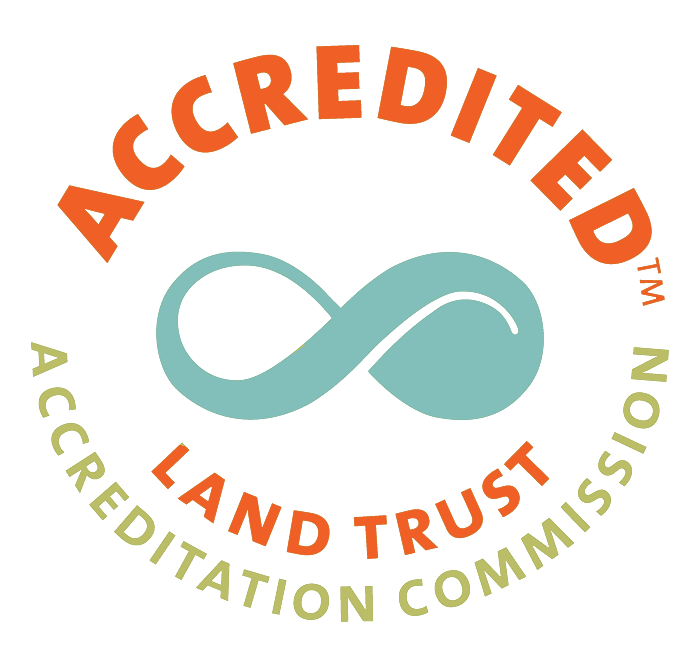January Kids Corner
from the Gale River Cooperative Preschool
Let it Snow!
When winter arrives, it brings with it the magic of snowflakes swirling down from a heavy gray sky, icicles dripping from branches, and a whole new look for your favorite outdoor spaces. The snow that blankets the world in white is made up of tiny snowflakes; each a unique shape and size depending on the temperature and weather the snowflake experienced as it formed. Snowflakes begin when a water droplet freezes onto dust or pollen, forming a crystal. That crystal grows slowly in the cloud and as it falls to earth and more water freezes onto it and feathery branches grow out from the center.
Though snowflakes look different from each other, they all have 6-sided symmetry. This means there are 6 sides or branches that look identical to each other. Take a look at the snowflakes pictured above. How are they similar? How are they different? Snow also is a great insulator, with as much as 95% of a new snowpack composed of trapped air. Some animals and people will create shelters out of snow because they retain warmth from our bodies. There are plenty of ways to explore snow this January, check out some of our suggestions!
Want tips on how to explore snow and snowflakes this winter? Here are some ideas!
Build a quinzhee! A quinzhee is a Canadian snow shelter made from piled, packed, and hollowed out snow. Quinzhees can be used as an emergency shelter or just for fun. To build a quinzhee, wait for temperatures to be below 25˚ and pile freshly fallen snow until it’s about 4-6ft high. The snow must be packed down or left to sinter, or settle and stick together, before beginning to hollow out the structure. Ensure the base thickness is at least 12in and the roof is at least 8in. Letting the quinzhee sit, as well as the warming and cooling process will strengthen the structure.
Go on a snowflake hunt! Look for individual snowflakes on branches, rocks, or other surfaces. Can you see the symmetry?
Interested in snow activities and crafts? We’ve got you covered!
Coloring snow can be a great way for kids to experiment with food coloring, color mixing, and the impact of adding liquid to snow. Take some food coloring outside and give it a try!
Making snow cream is a fun and easy culinary adventure. Gather 8-12 cups of freshly fallen snow, add a tsp of vanilla and a 10oz can of sweetened condensed milk and mix together. It’s a quick sweet treat to make with kids who are probably as eager to eat the snow as they are to play in it. There are lots of recipes online with variations, so if dairy isn’t an option, a dairy free variety should be easy to find.
Cutting paper snowflakes is a classic craft that helps kids with fine motor and early math skills. To get the accurate 6 sided shape you’ll need to cut the paper into a perfect square then fold into a triangle shape multiple times before cutting your pattern. You can find an easy to follow step by step process here.
Thanks to our partner, the Gale River Cooperative Preschool in Bethlehem, for helping our area parents get kiddos outside for fun no matter the time of year.





